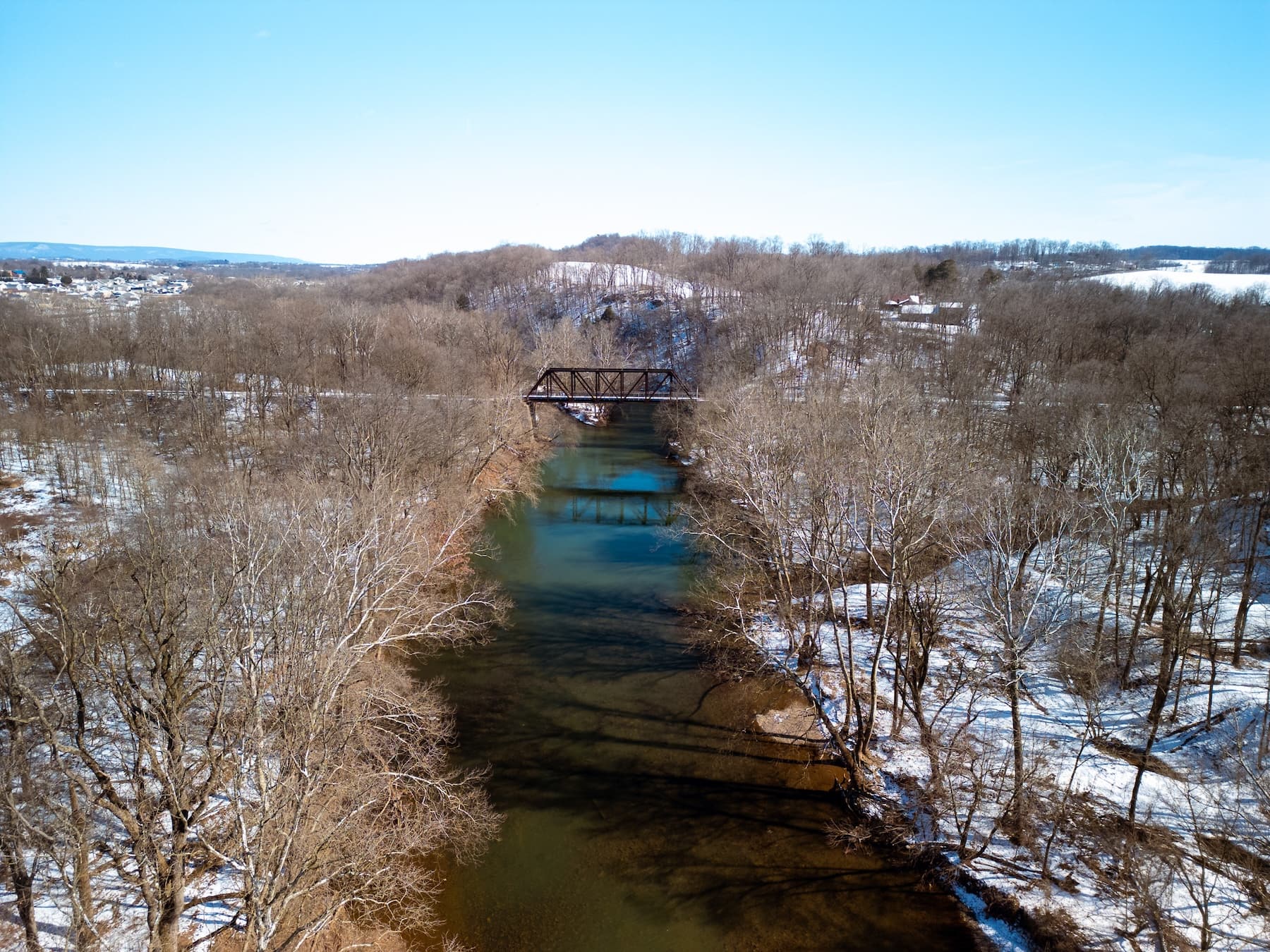Who was Governor Dick?
It’s a simple question, but the answer is more complex.
In short — we don’t know for sure, though some explanations are more widely accepted than others.
For over a century, historians have dug through records and first-hand accounts to try to piece together who the peak just outside of Cornwall and Mount Gretna is named after.
Today, over a century after the knoll was named, the common explanation is that it was named for an 18th-century enslaved Black collier, or charcoal burner, who worked as part of the iron empire established by Peter Grubb and later taken over by the Coleman family.

According to that story, he lived on the slope, cutting down trees and using a charcoal pit to burn the wood so it could be used by the nearby Cornwall furnace. LNP reporting states that the Cornwall furnace employed 11 slaves in 1776.
The Clarence Schock Memorial Park at Governor Dick’s website says “Dick, aged 50,” was purchased out of Maryland in 1776 and identified in a 1780 state-required legal filing registered by the foundry’s owner.
Read More: Taking a fall foliage hike up to Governor Dick Observation Tower
Even when Pennsylvania abolished slavery in 1780, he would have remained enslaved due to a provision in the legislation that required slaves born before 1780 to remain slaves for life.
However, Governor Dick may have escaped to Maryland later in life, according to a 1796 newspaper advertisement in Lancaster Newspapers, in which Rudolph Kelker offered $20 for the recapture of “a Negro man called Dick, (alias) Governor Dick.”
The advertisement said the man was 5 feet, 10 inches tall, had a bald head and scorings on his temples. The scorings could be tribal markings and suggest he may have originated from Africa.
But what about the term “Governor?” According to the Mount Gretna Area Historical Society, “Governor” was a representation of respect for his skill and work ethic. They say the peak was not named for any actual governors.
“According to the squib, he might have ‘shaped his course’ for Harford County, Maryland, where he lived in his early years,” the LNP article states.
No solid evidence of his return has ever been found.

An alternative explanation
A 1922 article published in the Evening Public Ledger reported that the peak was named after an actual governor — Governor Dick of Ohio — who was a personal friend of Robert Coleman, who owned the land at the time.
This Governor Dick, according to a librarian of the Historical Society quoted in the article, was a member of Congress who introduced the “Dick Bill,” the first successful legislation Congress passed to unite the National Guard and the regular Army into one army of the United States.

The librarian stated the peak was named “somewhere between 1885 and 1890.”
But other local reporting and a dig through U.S. history raises some questions about the Evening Public Ledger’s account. A small story published in The Daily News in 1885 says the Central Club and members’ friends spent the day at Governor Dick’s signal tower.

The peak was widely known as “Governor’s Dick” prior to publication, based on this reporting. The current tower has only been there since 1954, but it had predecessors there as early as 1882 when U.S. Army engineers installed the first wooden platform.
There are further issues found when looking into “Governor Dick of Ohio.” Though not mentioned by name in the Evening Public Ledger article, the man who introduced the “Dick Bill” was Charles W.F. Dick.
He was a U.S. Representative and later a U.S. Senator for Ohio. However, he wasn’t elected until 1898, and his “Dick Bill” wasn’t introduced until 1902.
And he never served as a governor.
This brings forth several issues with the Ohio politician theory. If he wasn’t elected until 1898 and it was his military bill that inspired Coleman to name the knoll after him, then how was it already known as Governor Dick in 1885 newspaper articles?
The enslaved worker explanation is the most widely accepted in the area now, but the lack of documentation of enslaved people means various theories can still thrive.
The Mount Gretna Area Historical Society says they still have “many questions” about Governor Dick’s life and research into it is ongoing.
Questions about this story? Suggestions for a future LebTown article? Reach our newsroom using this contact form and we’ll do our best to get back to you.

Become a LebTown member.
Cancel anytime.
Monthly
🌟 Annual
- Fewer ads
- Member newsletters
- Exclusive events
- All monthly benefits
- Most popular option
- Make a bigger impact
Already a member? Log in here to hide these messages
While other local news outlets are shrinking, LebTown is growing. Help us continue expanding our coverage of Lebanon County with a monthly or annual membership, or support our work with a one-time contribution. Every dollar goes directly toward local journalism. Cancel anytime.


































